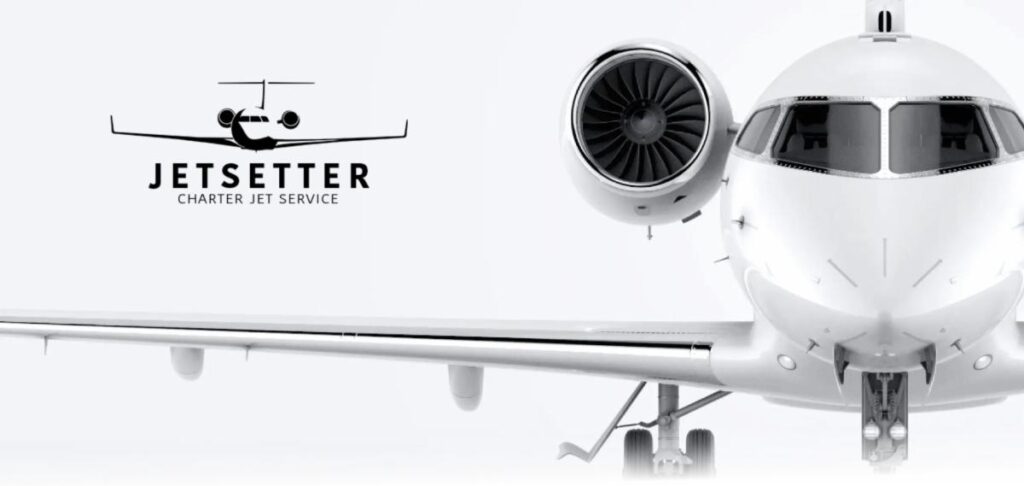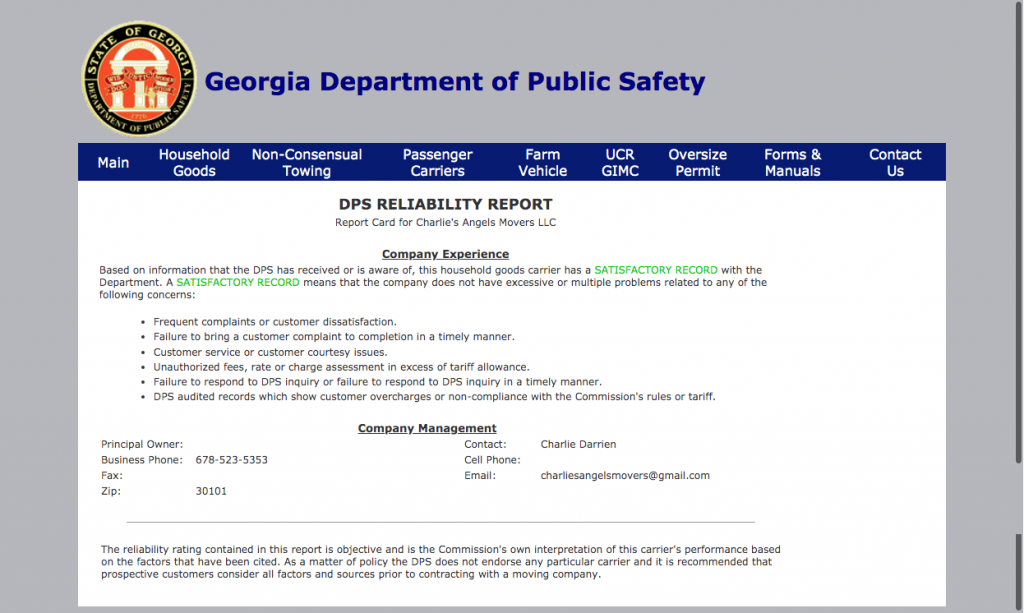
Written By Jetsetter Marketing Team | 11.15.25
Why more travelers are turning to Jetsetter Charter Jet Service for reliability, comfort, and control
The federal government may be back to business, but the nation’s air travel system is anything but normal. With limited staffing and lingering backlogs from the recent shutdown, commercial flights to more than 40 major U.S. airports continue to face widespread delays and cancellations. Long security lines, lost luggage, and unpredictable schedules have turned what should be simple trips into stressful experiences.
For private flyers, the story is completely different.
“At Jetsetter, we remove the uncertainty that comes with commercial flying,” says Mike Howard, CEO of Jetsetter Charter Jet Service. “Our clients know exactly when they’re leaving, exactly who they’re flying with, and exactly what to expect from start to finish. In a time when commercial travel feels chaotic, we bring back control, comfort, and confidence.”
With Jetsetter Charter Jet Service, passengers skip TSA lines entirely, fly on their own schedule, and enjoy access to over 5,000 airports nationwide—ten times more than commercial airlines. Whether departing from a major city or a small regional airport, Jetsetter gets travelers closer to their destination, saves hours of wasted time, and restores the peace of mind that’s been missing from modern air travel.
Behind every Jetsetter flight is a dedicated team working around the clock to make every detail seamless. From coordinating logistics and ground transportation to handling last-minute adjustments, Jetsetter’s 24-hour operations team ensures every trip runs flawlessly from wheels up to touchdown.
When the world slows down, Jetsetter keeps you moving.
Jetsetter Charter Jet Service
Fly on your schedule. Always.
www.2jetset.com


